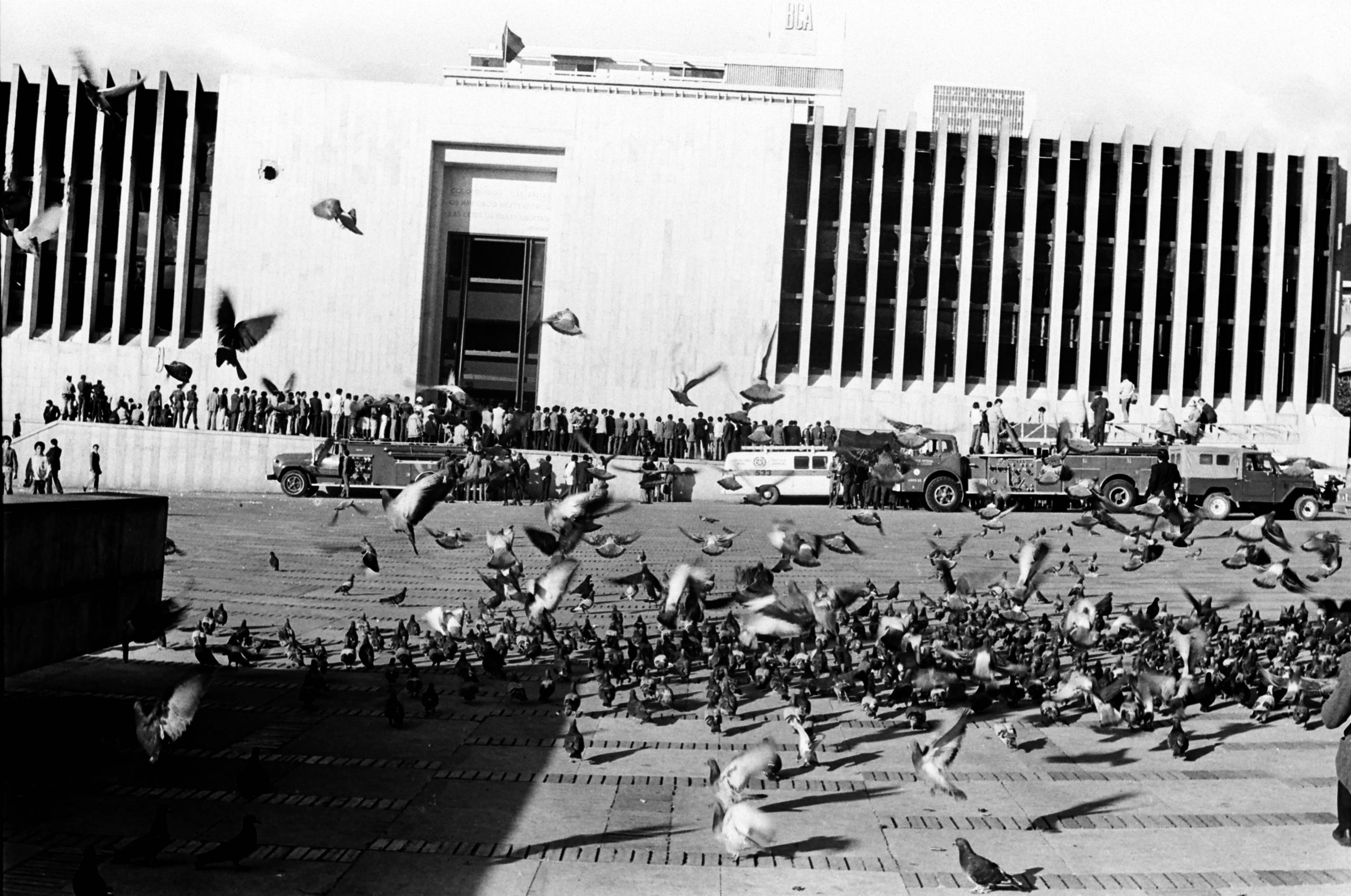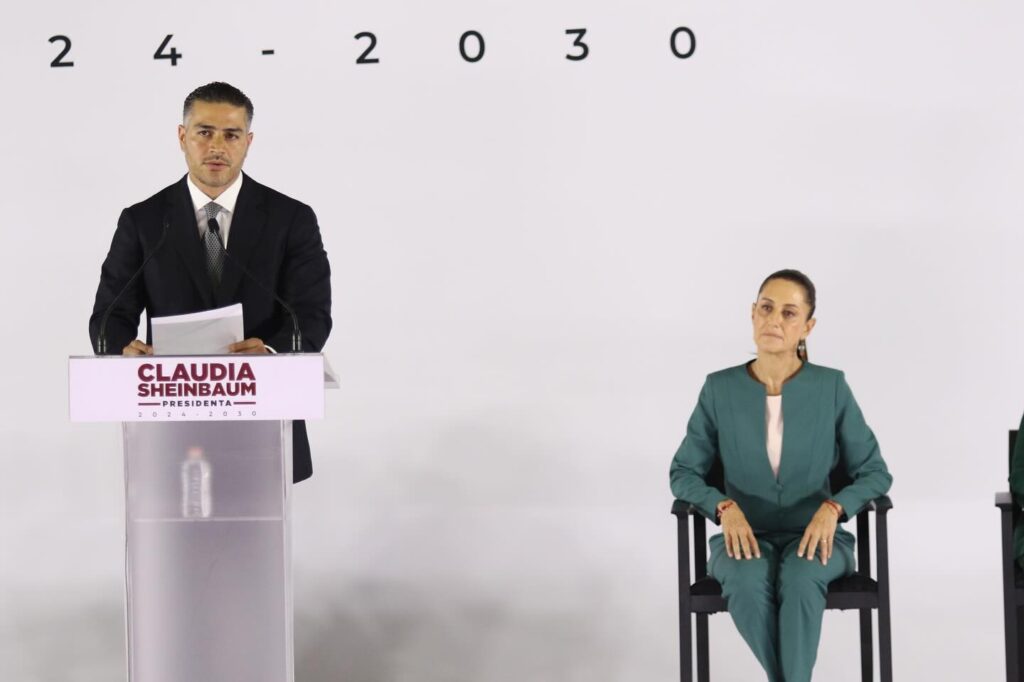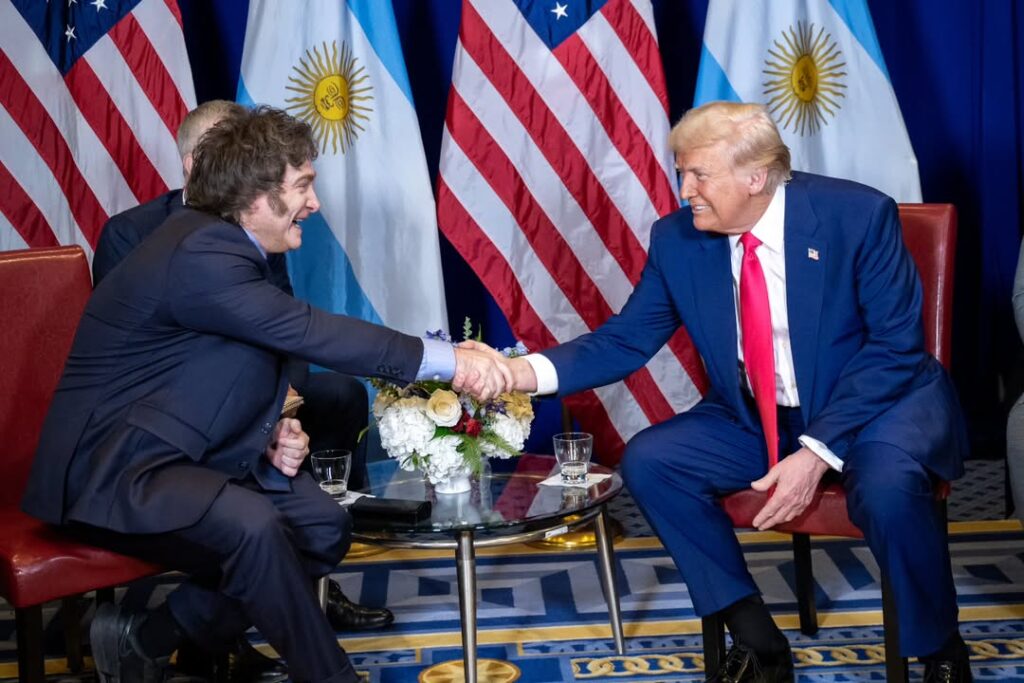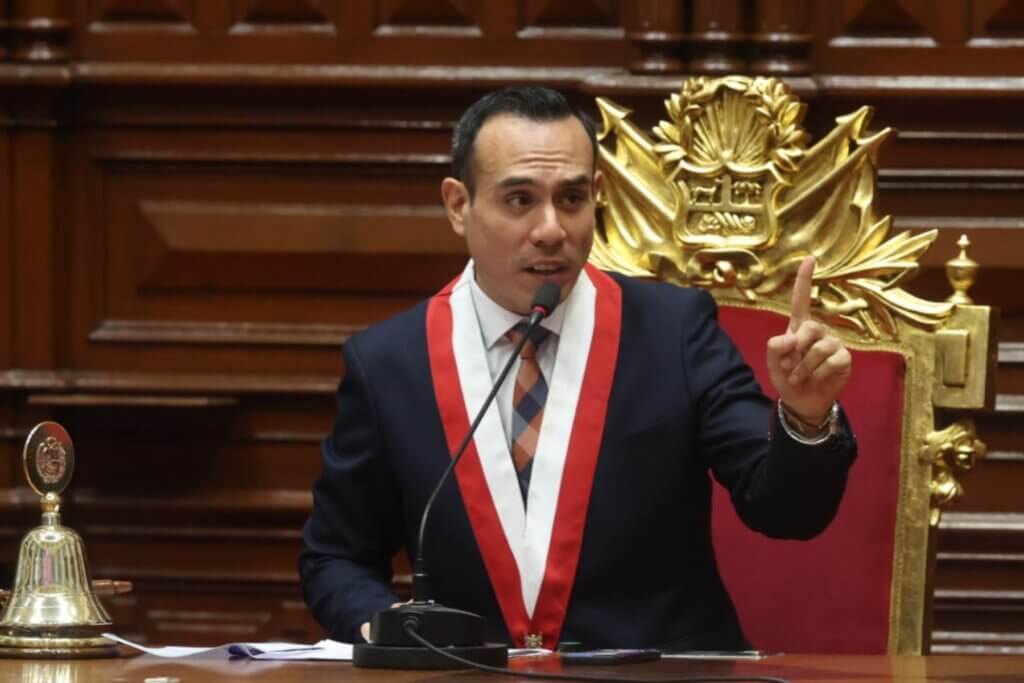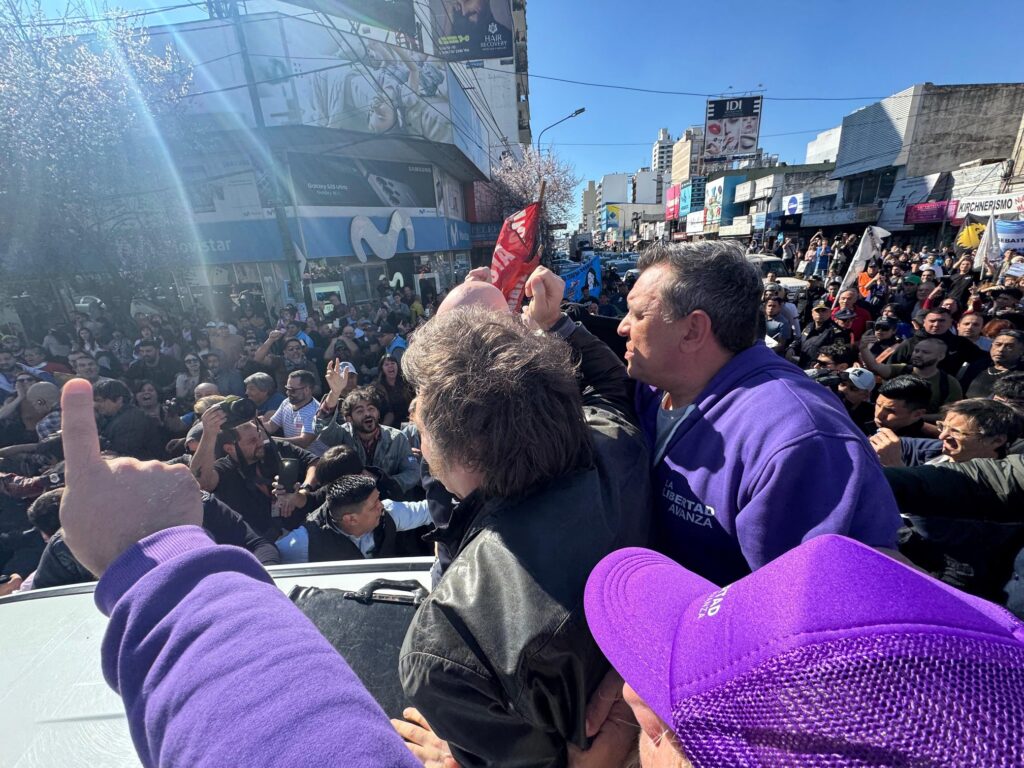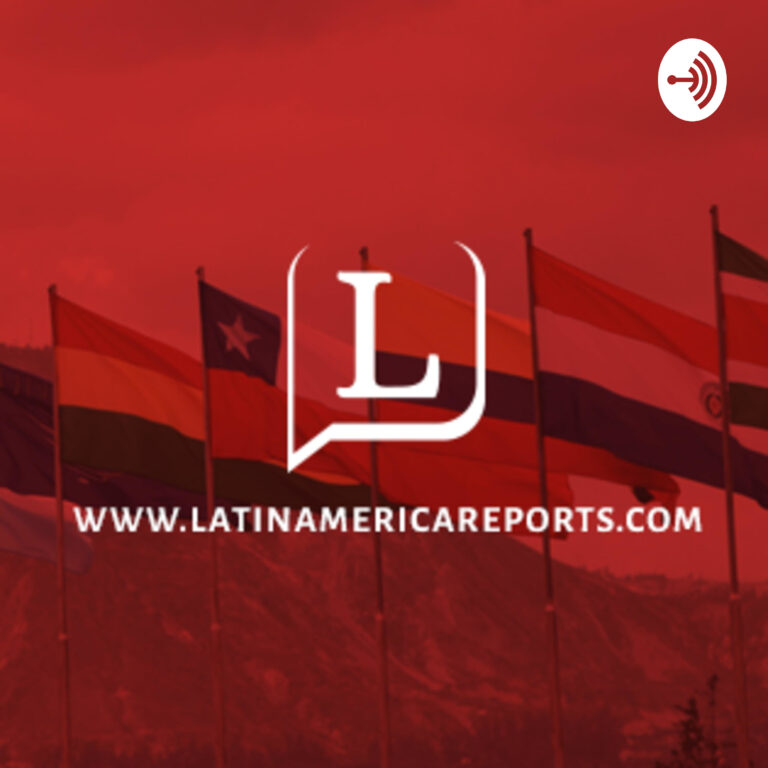Medellín, Colombia – Colombia last week marked 40 years since its Palace of Justice was sieged by the M-19 guerrilla in one of the most violent and controversial episodes of the country’s armed conflict.
The attack occurred in the Colombian capital of Bogotá from November 6 to 7, 1985, when 35 members of the M-19 stormed the Palace of Justice — the seat of Colombia’s Supreme Court and Judicial Council – seeking to put then-President Belisario Betancur on trial.
Close to 300 individuals were held hostage for two days, until the military’s 13th Brigade deployed a controversial operation to retake the Palace. As per the Center for Justice and Accountability (CJA), resulting civilian casualties were first understood as necessary.
The operation, however, led to the disappearance of over a dozen civilians, and the deaths of nearly 100 people — including 11 Supreme Court Justices.
“We consider the siege one of the most difficult moments in Colombian historical memory […] because it caused many of the wounds that we have not been able to heal from. Victims and their families have not been given any real answers,” Juliana Bernal, Colombian historian and professor at the Pontifical Bolivarian University (UPB), told Latin America Reports.
“In the long run, it also demonstrates the recession we’ve experienced in terms of truth seeking,” she added.
The Colombian Supreme Court hosted a ceremony on November 7 to honor the victims of the tragedy, and all judicial institutions across the country flew the Colombian flag half-mast as a symbol of mourning.
Colombian President Gustavo Petro, who was an M-19 guerrilla and imprisoned at the time of the Palace siege, was immersed in controversy after a video from 2002 went viral on social media. In it, he claims that Luis Otero, operational head of the assault, was a “genius,” according to Colombian news radio station Blu Radio.
“The rightist media claim that I said the [Palace] takeover was brilliant. They’re a bunch of liars… never in my armed or unarmed life have I uttered such words,” Petro claimed via X on November 6.
Days of tragedy
In the 1980s, Colombia’s judicial institutions operated under constant threats and political tensions, according to the Council of State. Los Extraditables (The Extraditables), a group of drug kingpins led by drug Pablo Escobar, violently pressured magistrates to refuse an extradition treaty with the United States government, while guerrilla warfare intensified across the country.
On October 17, 1985, police forces warned presidents of the country’s high courts about a potential plan by the M-19 rebels to seize the Palace of Justice. Security officials proposed preventative security measures including installing surveillance cameras and bulletproof windows, but most were never implemented due to budget constraints.
Seven armed M-19 militants in civilian clothing bypassed Palace security on the morning of November 6, 1985, after which an additional 28 guerrillas barged into the precinct’s parking lot, shooting from within their vehicles.
The guerrillas alleged that then-president Betancur had betrayed “the national will to forge peace through citizen participation and negotiation,” following a peace agreement signed in August 1984, according to the Colombian Truth Commission.
Colombian security forces responded at 1:00 p.m. with armored vehicles, helicopters and tanks, which fired at the floors the military had not yet seized back. Continued bombardment and firepower ensued, although hostages threw notes begging for rescue.
President Betancur announced that state forces had regained control of the Palace in the morning of November 7, 1985. Some M-19 members, including Irma Franco Pineda and Clara Helena Enciso, changed their clothes and exited as civilians, as signaled by the Council of State.
The surviving hostages were taken to the nearby Casa del Florero, a Colombian independence museum, for questioning by authorities. Only after their identities were verified were they allowed to return home or be taken to hospitals.
Several survivors disappeared following their release. The remains of Ana Rosa Castiblanco, who worked in the Palace of Justice cafeteria, were identified in 2001, and returned to her family in 2017. Other victims, including her colleagues from the cafeteria, were later found in October 2015 beneath misidentified tombstones and at a mass grave in Bogotá’s Jardines de Paz cemetery, according to the Center for Historical Memory.
As signaled by Colombian non-profit Colectivo de Abogados ‘José Alvear Restrepo’ (CAJAR), cleaning and cafeteria staff were profiled by military forces as potential intellectual collaborators of the guerrilla. For cafeteria workers, reports concluded that provisions were “abundant and intended to feed M-19 militants” during the siege, for which some were taken to military facilities to be interrogated and tortured.
A confusing legacy
Bernal signals that the most enduring legacy of the siege lies in its unanswered questions.
“One of the longest-lasting wounds is the lack of answers from the state, which was the most bloodthirsty of the protagonists of this tragic event. This shows a certain level of incompetence from the state,” she noted.
The Inter-American Court of Human Rights ruled in 2014 that the Colombian State violated its duty to prevent the M-19’s attack, as officials had prior knowledge of the situation. It also deemed the state was responsible for forced disappearances and extrajudicial executions perpetrated by the armed forces who retook the Palace of Justice.
As reparation, the Court mandated Colombia to conduct thorough investigations to establish the truth of the events, and to provide immediate medical and psychological care to victims and family members who request it. The state must also compensate for material or moral damages and publicly acknowledge its responsibility.
“Colombia has not been able to fully recover. But the most painful thing for me was the loss of my self-esteem. I realized that we were just trash in the middle of a senseless fight between two unleashed furies,” said survivor Carlos Betancur Jaramillo, President of the Council of State at the time of the attack.
What next?
Since the Inter-American Court ruling, multiple judicial and administrative processes for reparations have been opened, amounting to 161 billion Colombian pesos ($40 million USD), and the Unit for the Search of Disappeared Persons has continued to search for remains.
On the truth-seeking front, a report by the Colombian Truth Commission and the British Forensic Architecture research agency found that security forces committed an act of coordinated state repression, which was then intentionally hidden to deny state responsibility.
Four army members have also been formally charged with the crime of forced disappearance, and 13 others are being investigated by the Prosecutor’s Office for aggravated torture, according to Colombian radio station W Radio.
In the 40 years since the siege, 68 bodies of victims have been recovered. Victims’ loved ones, however, continue to denounce lacking investigations in several cases of forced disappearances, extrajudicial killings, and human rights violations.
“The Prosecutor’s Office has become a handover office for bone fragments,” said René Guarín, whose sister, cafeteria worker Cristina del Pilar, was recognized by the Inter-American Court as a victim of forced disappearance. Her remains have not been found.
“What Colombian institutions must prioritize, first and foremost, is an exercise with the victims- to understand how they perceive this event, how they have experienced it, and what kind of memory it has left them with,” noted Bernal.
“The state may genuinely intend to offer a semblance of peace to the victims — and I sincerely hope that’s true. My hope is that this moment helps give the issue the importance it deserves, allows us to reframe that collective memory, and brings a measure of peace to the families still searching for answers,” she concluded.
Featured image: Centro Nacional de Memoria Histórica


